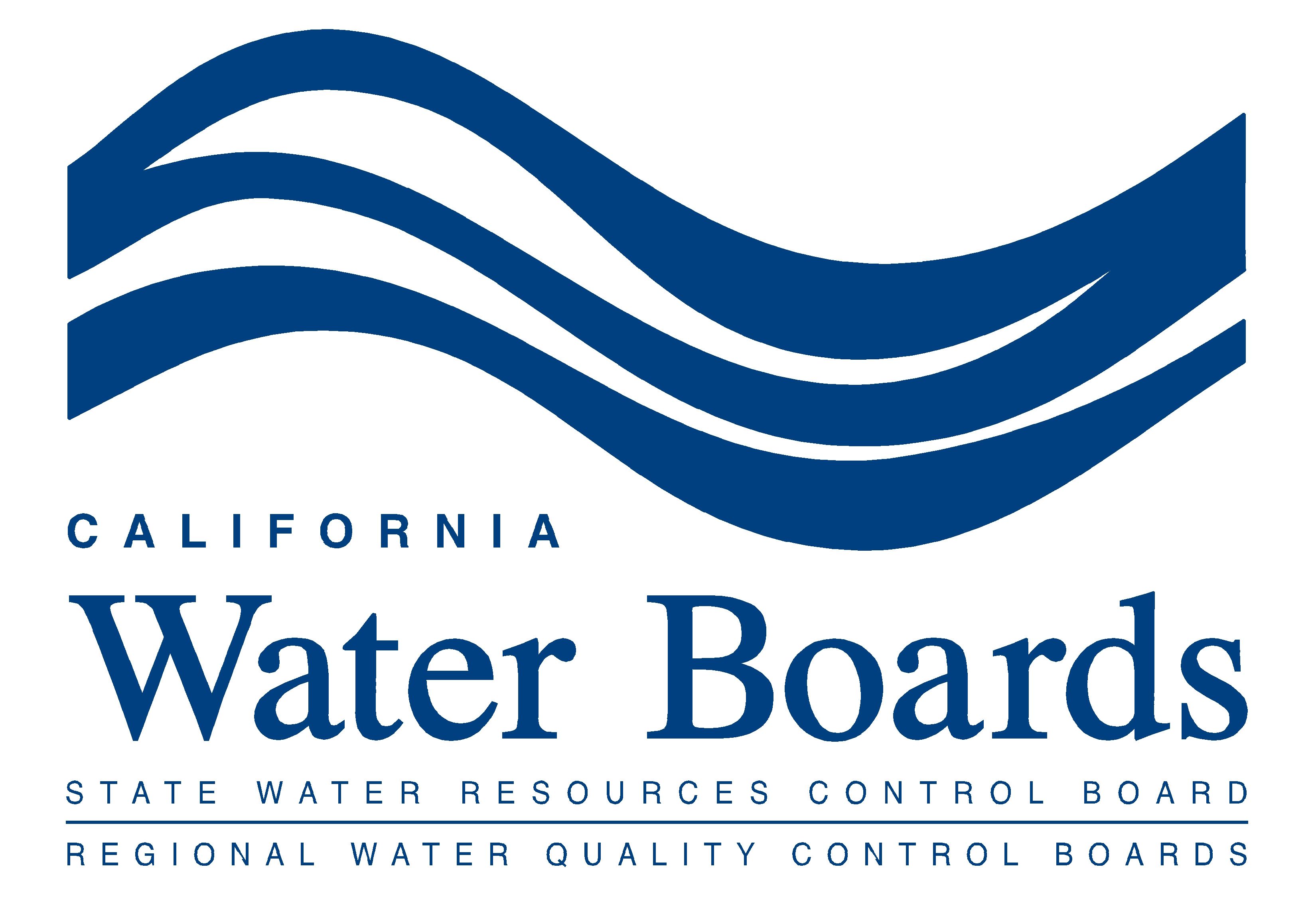NOTICE OF PUBLIC MEETING AND CONSIDERATION OF ADOPTION
PROPOSED FINAL PART 2 OF THE WATER QUALITY CONTROL PLAN FOR INLAND SURFACE WATERS, ENCLOSED BAYS, AND ESTUARIES OF CALIFORNIA—TRIBAL AND SUBSISTENCE FISHING BENEFICIAL USES AND MERCURY PROVISIONS
 NOTICE IS HEREBY GIVEN that the State Water Resources Control Board (State Water Board) will hold a public meeting to consider: (1) adoption of the proposed Part 2 of the Water Quality Control Plan for Inland Surface Waters, Enclosed Bays, and Estuaries of California—Tribal and Subsistence Fishing Beneficial Uses and Mercury Provisions (referred to as the proposed Final Provisions) and (2) approval of the Final Staff Report, including the Substitute Environmental Documentation (SED). The proposed Final Provisions and Final Staff Report will be released to the public no later than April 22, 2017. The State Water Board will not provide a written comment period for the revisions made to the January 2017 Draft Provisions and Draft Staff Report that will be reflected in the proposed Final Provisions and Final Staff Report; therefore written comments will not be considered. Interested persons may provide oral comments at the public meeting.
NOTICE IS HEREBY GIVEN that the State Water Resources Control Board (State Water Board) will hold a public meeting to consider: (1) adoption of the proposed Part 2 of the Water Quality Control Plan for Inland Surface Waters, Enclosed Bays, and Estuaries of California—Tribal and Subsistence Fishing Beneficial Uses and Mercury Provisions (referred to as the proposed Final Provisions) and (2) approval of the Final Staff Report, including the Substitute Environmental Documentation (SED). The proposed Final Provisions and Final Staff Report will be released to the public no later than April 22, 2017. The State Water Board will not provide a written comment period for the revisions made to the January 2017 Draft Provisions and Draft Staff Report that will be reflected in the proposed Final Provisions and Final Staff Report; therefore written comments will not be considered. Interested persons may provide oral comments at the public meeting.
The date, time, and location of the public meeting for consideration of adoption is:
Tuesday, May 2, 2017, 9:00 a.m.
Joe Serna Jr. – CalEPA Headquarters Building
Coastal Hearing Room
1001 I Street, Second Floor
Sacramento, CA 95814
BACKGROUND
The Provisions include the following three elements: (1) new beneficial use categories and definitions related to tribal traditional and cultural uses of water (CUL), tribal subsistence fishing (T-SUB), and subsistence fishing by the general population (SUB); (2) five fish tissue mercury water quality objectives to protect the health of humans that consume fish at a recreational rate (commercial and sport fishing beneficial use (COMM)), and at subsistence rates (T-SUB and SUB), and to protect tribal traditional and cultural uses of water (CUL) and wildlife (wildlife habitat (WILD), and rare, threatened, or endangered species (RARE) beneficial uses) from the harmful effects of mercury; and (3) a program of implementation to achieve the water quality objectives.
Beneficial Uses
To address direction in Resolution No. 2016-0011, the State Water Board has developed three new beneficial uses that could be designated to waters by Regional Water Boards as appropriate: Tribal Traditional and Cultural Use (CUL); Tribal Subsistence Fishing (T-SUB); and Subsistence Fishing by the general population (SUB).
New statewide mercury water quality objectives for human health are needed to update the level of protection for recreational consumers of fish. In addition, fish consumption studies indicate higher consumption rates for some groups than were used in U.S. EPA’s 2001 recommended mercury criteria. The U.S. Fish and Wildlife Service has found that U.S. EPA’s 2001 mercury criteria, if applied, would not be protective of certain threatened or endangered species present in California. Therefore, the Provisions would establish the following five statewide mercury water quality objectives:
- Sport Fish Water Quality Objective;
- Tribal Subsistence Fishing Water Quality Objective;
- Subsistence Fishing Water Quality Objective;
- Prey Fish Water Quality Objective; and
- California Least Tern Prey Fish Water Quality Objective.
The Program of Implementation
The Provisions include implementation provisions to control mercury pertaining to:
- Municipal wastewater and industrial discharges;
- Storm water discharges;
- Discharges from closed or closing mine sites;
- Nonpoint source discharges,
- Discharges from dredging activities, and
- Discharges related to projects that establish or restore wetlands.
DOCUMENT AVAILABILITY
The Draft Provisions and Draft Staff Report, including the Draft SED, and information were made available on the State Water Board’s web site on January 3, 2017 at:
http://www.waterboards.ca.gov/water_issues/programs/mercury.
The proposed Final Provisions and Final Staff Report will be posted to the same website on or before April 22, 2017.


